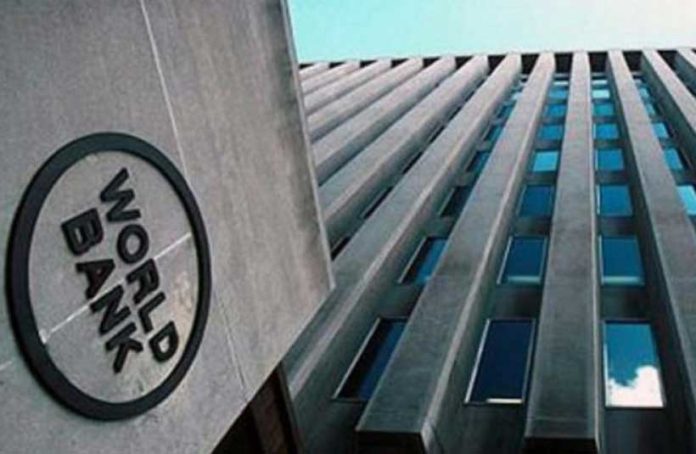The World Bank has allocated $40m to support the expansion of financial protection for poor and vulnerable Nigerians under a new loan-backed health programme approved for the country.
It was learnt that the loan project, which was approved on September 26, 2024, by the World Bank, includes a $500m credit facility from the International Development Association and a $70.01m grant from the Global Financing Facility.
The programme, officially titled Human Capital Opportunities for Prosperity and Equality – Health Programme-for-Results (HOPE-Health-PforR), is expected to run until June 30, 2029.
According to a World Bank document, the $40m allocation is tied to Disbursement Linked Indicator 3 (DLI 3) of the programme, which seeks to increase financial protection for poor Nigerians through health insurance and related schemes.
The indicator, titled “Financial protection for poor and vulnerable populations increased (number)”, is structured under a performance-based model. This means the $40m will only be disbursed to the Federal Government, which will then be released to qualifying states if specific targets are met and verified.
The allocation forms part of Result Area 2 of the HOPE-Health programme, which focuses on improving utilisation of essential services. A total of $272.5m has been committed to this result area, comprising $239m in IDA funding and $33.5m in grants.
The World Bank stated that the DLI is both scalable and time-bound, meaning disbursements are tied to timelines and the level of implementation. The overall objective of the HOPE-Health programme is to improve access to and utilisation of quality essential healthcare services while building resilience across Nigeria’s health system.
The programme targets equity in service delivery and aims to strengthen maternal and child health, expand digital infrastructure, and implement institutional reforms at the federal and state levels.
The initiative combines a Program-for-Results approach with a technical assistance component funded through Investment Project Financing. The technical assistance portion will support capacity-building for key institutions such as the National Primary Health Care Development Agency and the National Health Insurance Authority.
In addition to expanding financial protection, the programme also supports the deployment of public health fellows to all 774 Local Government Areas, the implementation of digital health platforms, and the scale-up of maternal health innovations, especially in underserved and climate-vulnerable states.
The document also noted that the project follows a Sector-Wide Approach, which encourages alignment of development partners and national stakeholders under one implementation framework.
With out-of-pocket spending still accounting for the majority of healthcare financing in Nigeria, the $40m allocation is seen as a critical intervention to reduce the financial burden on the poor.
However, the disbursement will be contingent upon the Federal Government and states meeting their enrollment targets and demonstrating progress in protecting vulnerable Nigerians from catastrophic health expenditures.
The Africa’s Pulse report for April 2025 by the World Bank projected that poverty is expected to rise by 3.6 percentage points in Nigeria by 2027.
“Poverty in resource-rich, fragile countries, including large economies like Nigeria and the Democratic Republic of Congo, is projected to increase by 3.6 percentage points between 2022 and 2027,” the report stated.
The report emphasised that Sub-Saharan Africa remains the world’s poorest region, with an overwhelming 80 per cent of the globe’s 695 million extreme poor residing there in 2024. Within the region, half of the 560 million extremely poor people were located in just four countries, including Nigeria.
The World Bank attributes the rising poverty in Nigeria and similar economies to weakening oil prices and fragile governance structures, noting, “This follows a well-established pattern whereby resource wealth combined with fragility or conflict is associated with the highest poverty rates, averaging 46 per cent in 2024, which is 13 percentage points higher than in non-fragile, resource-rich countries.”

